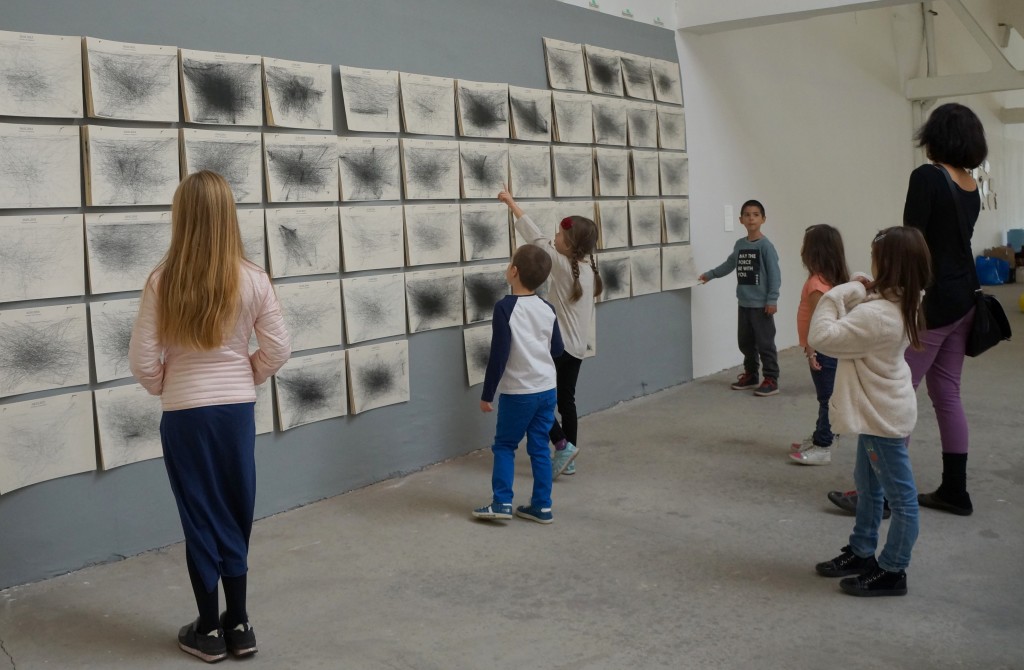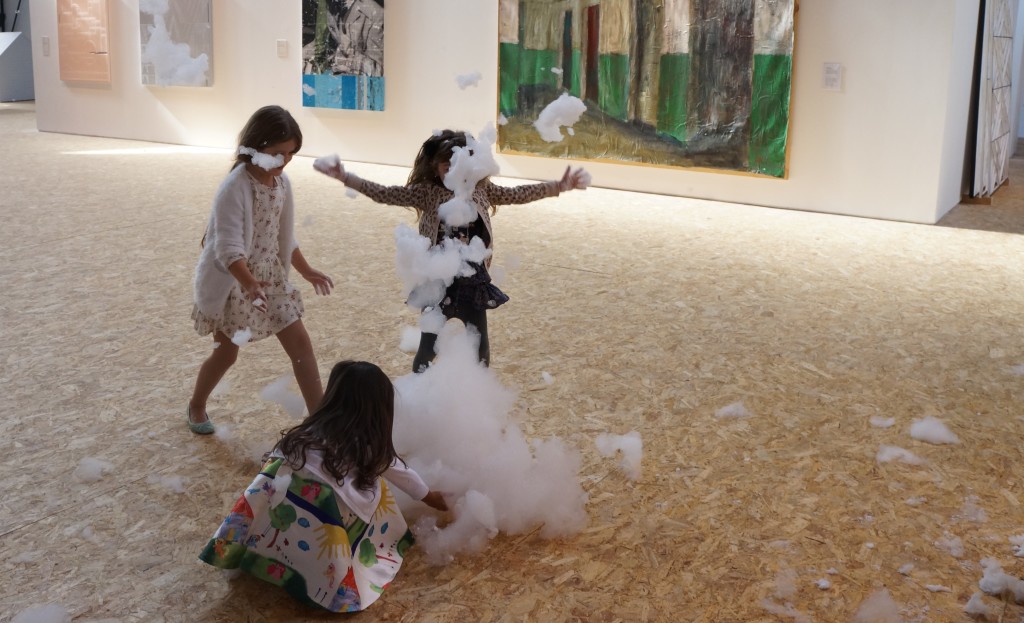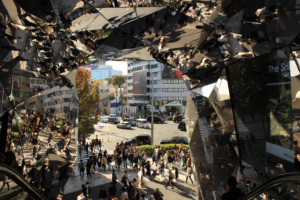Art Education
Abstract: The following lines represent a definition and exemplification of what art education is or could be. It also illustrates the situations in which it can be encountered, as well as its applicability in today’s society.
Keywords: education, art, workshops, multidisciplinary, creativity
Recently having taken part in a workshop involving art education for families. I have come to debate the problem of the very existence of art education, and eventually, of explaining the concept, as few hear about it and, even fewer, encounter it.
The great cultural centers, museums of international importance, galleries or private schools have started to integrate art education programs into their regular curriculum. I could mention a few example, such as Rijksmuseum in the Netherlands, MOMA in the USA, Guggenheim Museums in the USA, Europe or the Middle East, or even recently, the Contemporary Art Museum in Bucharest or the Museums of Art from Cluj and Timișoara, the foreign language centers, like the British Council, French or German language centers, etc. The interest in transforming art institutions in educational centers is growing exponentially, however it is important to settle three aspects, which shall set the grounds for the current article: establishing the significance of art education, the situations in which it can be encountered and the advantage that it can bring to the population.
Art Education is a concept that is referring to education connected to the arts, be they visual, auditive, tactile, olfactive, or sensorial. The majority of educational systems consider that the music, painting, crafts class or the school theater play represent a necessary, but sufficient art education, so that a child might develop into a fully-functional adult.
The separation of arts is grasped early on and some historical moments have placed some arts higher in importance compared to others. Generally, this has to do with what a society considers art or non-art. Art education is a moment of letting these school starting points sink in and, in most favorable cases, it not only includes several school subjects, but also visits to the museum, galleries, personal creations and materials, sensations or feelings experimentations.
Referring to children’s ability to imitate what they see, art education has the role of exemplifying some works from different periods, created in certain areas, which gradually, lay the foundation of the concepts of life, that a child builds as one is growing up.
Workshop at TIMCO 2017
The situations in which art education can be encountered would be as a part of seminaries, workshops or classes that are a part of certain projects. The museums and the cultural centers have taken over the permanent function of educating and they are trying not only to lure the adult public, but also the young one. In museums, artistic education involves explanation, presentation, feedback and personal creation based on the newly-acquired knowledge.
In the foreign language centers, artistic education involves a type of game that is intertwining artistic notions and examples with learning technique and with the ability to communicated in a specific language by working in a team. Some other types of institutions provide a much more limited educational program and they don’t benefit from having such one that is so rigorously established or so constant.
The festivals and the creative or crafts workshops represent a more diminished form of artistic education. Not being so formal and organized, they succeed in shaping the artistic concepts by gaining practical abilities. However sometimes these activities are perceived as a mere play, losing its new knowledge. In Timișoara, the educational program of the 2017 Art Encounters Biennial sought to fill the lack of a permanent art education program for the public. Using two approaches, it targeted the adult public through presentations in different exhibition spaces and also the families, through weekend workshops.
The program, coordinated by Gaia Franzoso, experienced in instructing children and parents in the field of arts at the Guggenheim Museum in Italy, sought to provide short presentations regarding the techniques, visual, video or audio images under the guidance of two themes: art and works, art and forms. The workshop from an art festival has, thus, a direct orientation towards educating, respecting certain themes, concepts and materials, which the public can practically utilize for creating personal works, once they are understood.
The senses represent a field of interest for art education. Talking about the museum institution, sometimes signs such as DON’T TOUCH or DON’T TAKE PHOTOS block a clear as possible perception. Creative workshops can utilize the same materials, colors or structures, that can be touched, studied and felt, so that art memory becomes multisensorial (2014, The Multisensory Museum), going beyond a boring walk among art works. When it comes to the necessity of touching materials, E. O. Wilson talks about the ones of natural provenience and about the involuntary reflex of living being to feel the texture, smell or shape of the medium’s elements. He defines this reaction with the term biophilia (Wilson, 1984), and researchers in education refer to the same type of sensation when it comes to works of art.
Workshop at Miklosi Museum 2017
The utility of art education cannot be found immediately after a class, presentation or a museum visit ceases. Apparently lacking any sense, this education can target the public directly interested in the artistic creation, as well as the passive one, an expert in other fields, or maybe it can target a public with or without sensorial deficiencies of any ages. The wide applicability of art education is set by the creative and imaginative abilities that are developed.
The new inventions, research, buildings, theories, ways of thinking, eating, talking, all of these are getting their sources from the innovation that art education can provide. The advantage that art education can bring represents a sort of therapy towards daily affairs, as well as a means of widening one’s thinking horizon. Multidisciplinary approaches, teamwork, listening and presenting subjects and innovative approaches today are basic requirements for any employment position and, to many people’s surprise, art, once understood, can enhance all of these skills, that are so necessary in today’s society.
Article by: Gabriela Robeci
Photo by: Gabriela Robeci
Biography:
***, 2014: ***, The Multisensory Museum, (New York: Rowman & Littlefield Publishing, 2014)
Wilson, 1984: E. O. Wilson, Biophilia, (Harvard College: Harward University Press, 1984)




